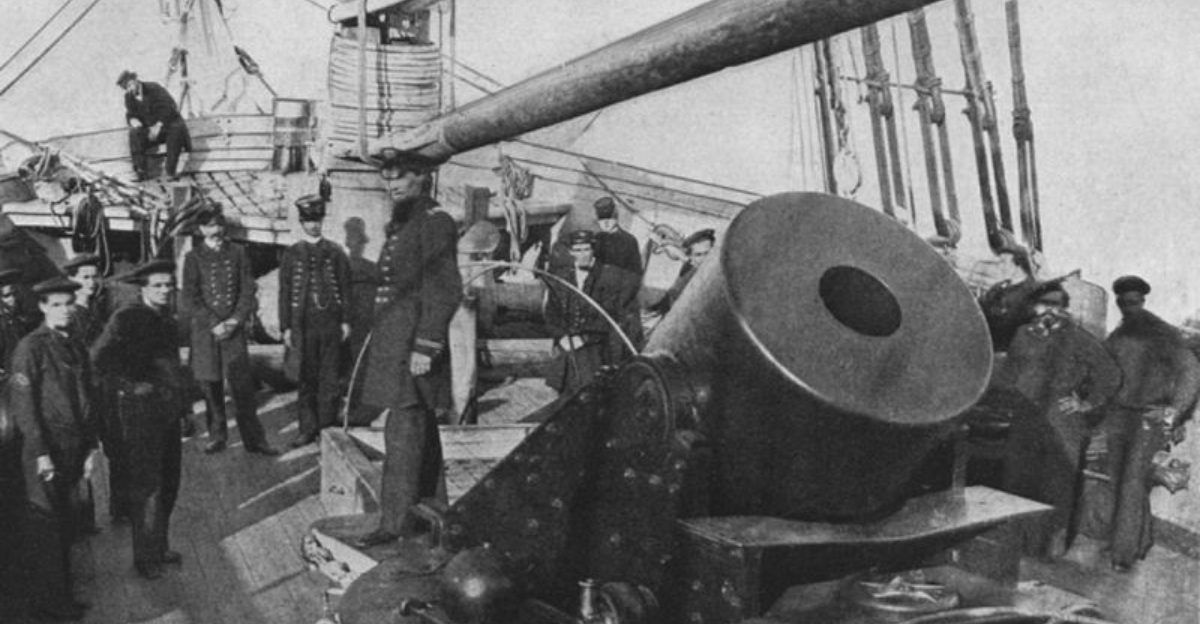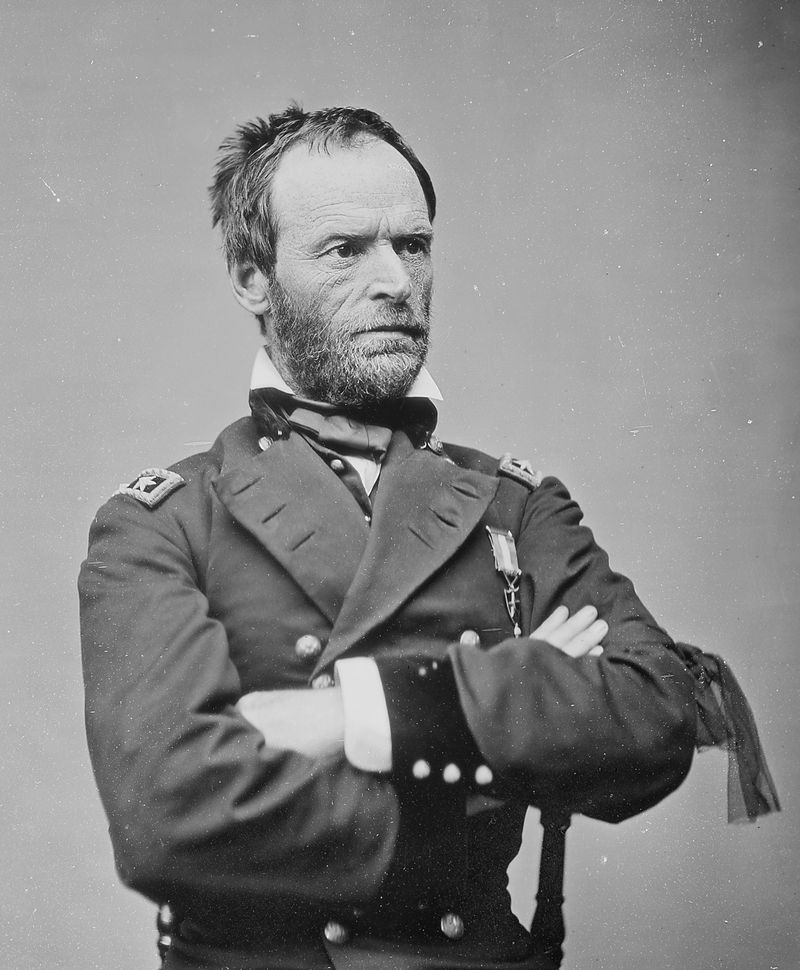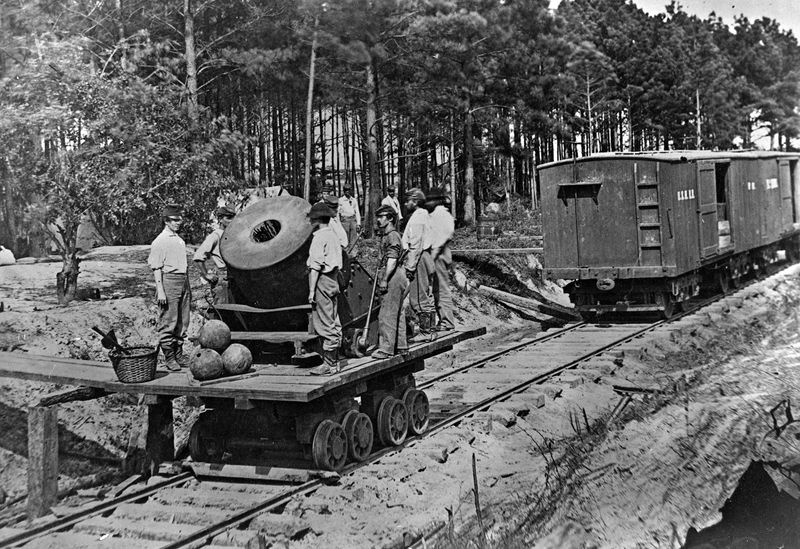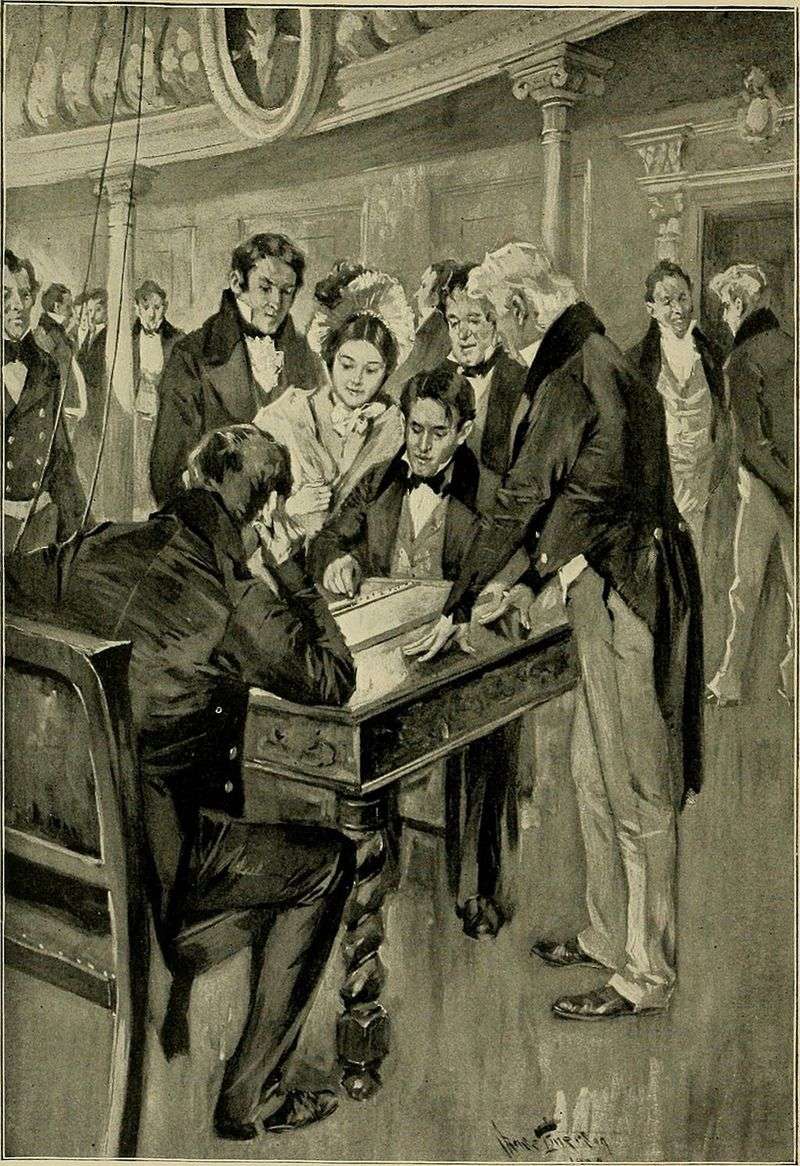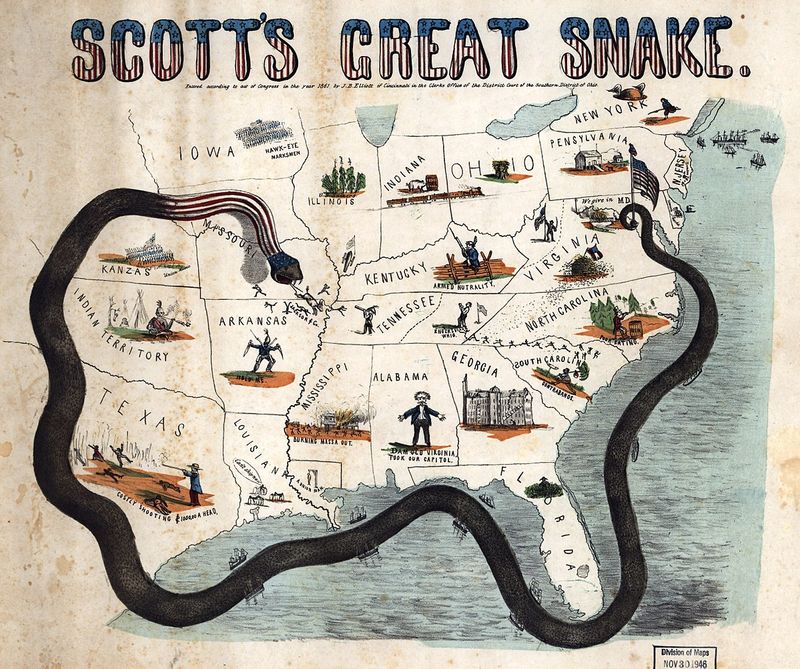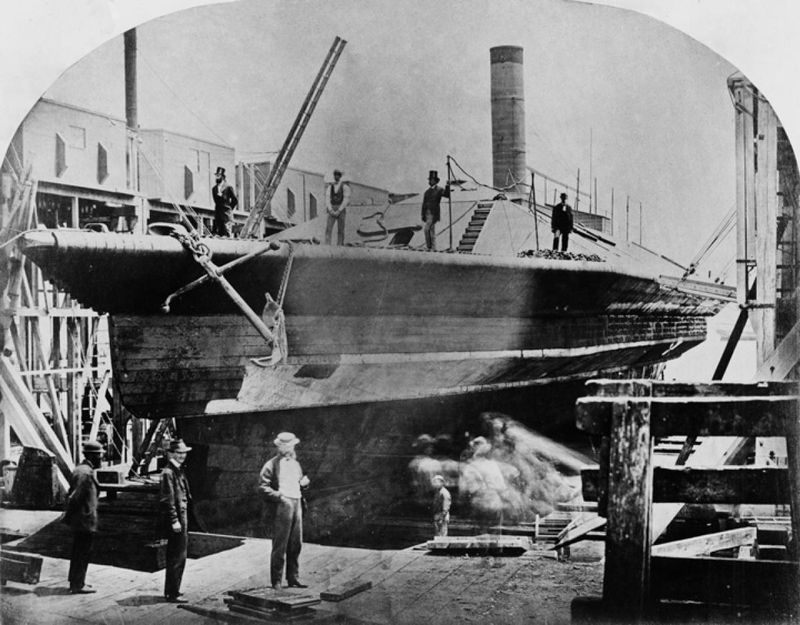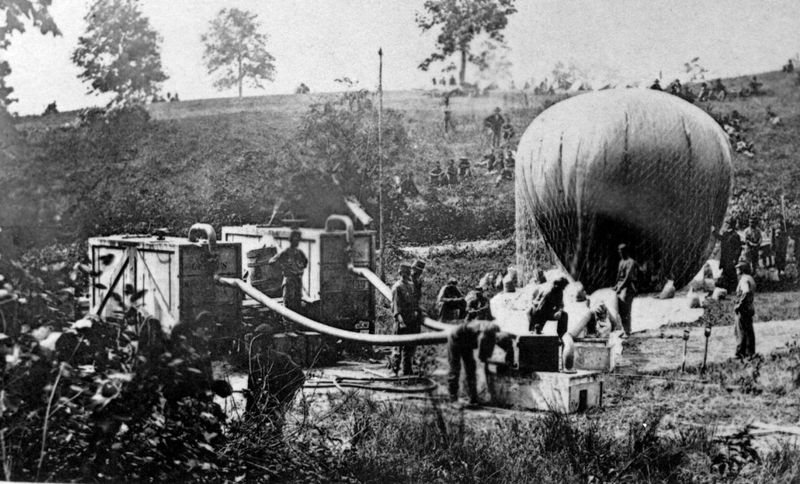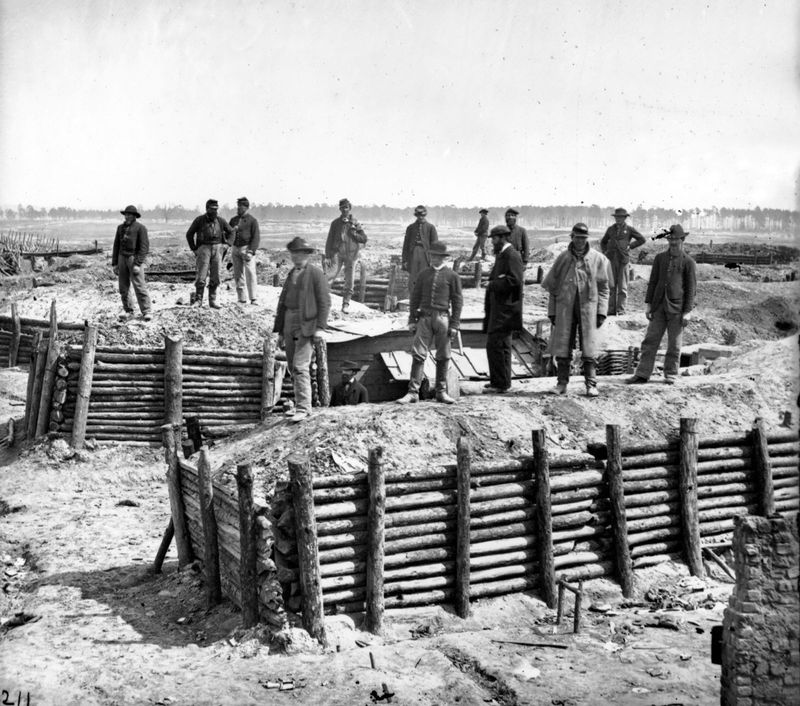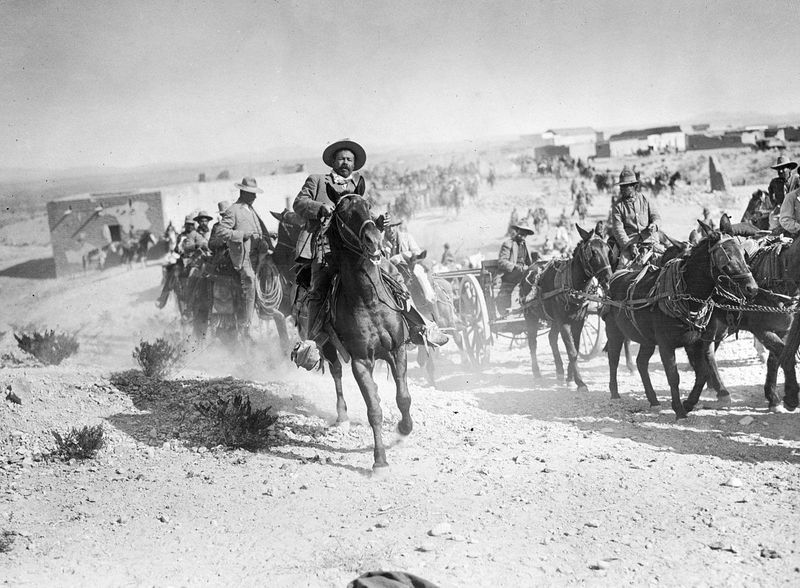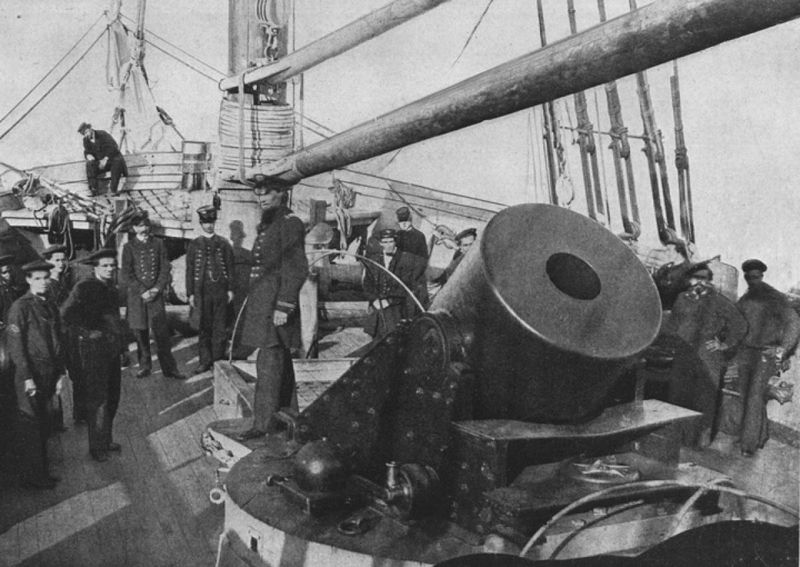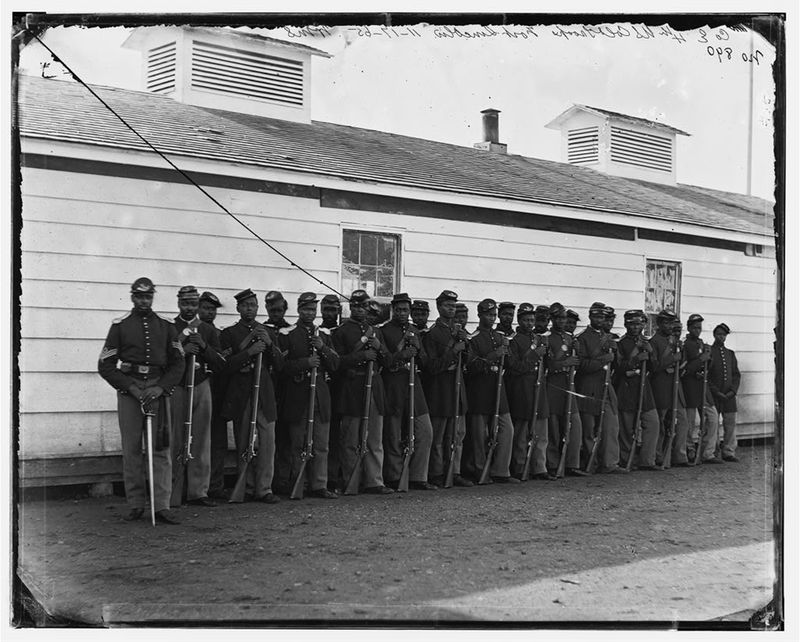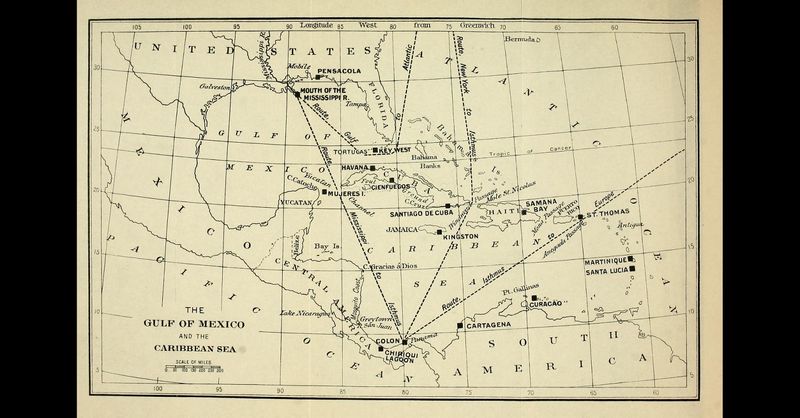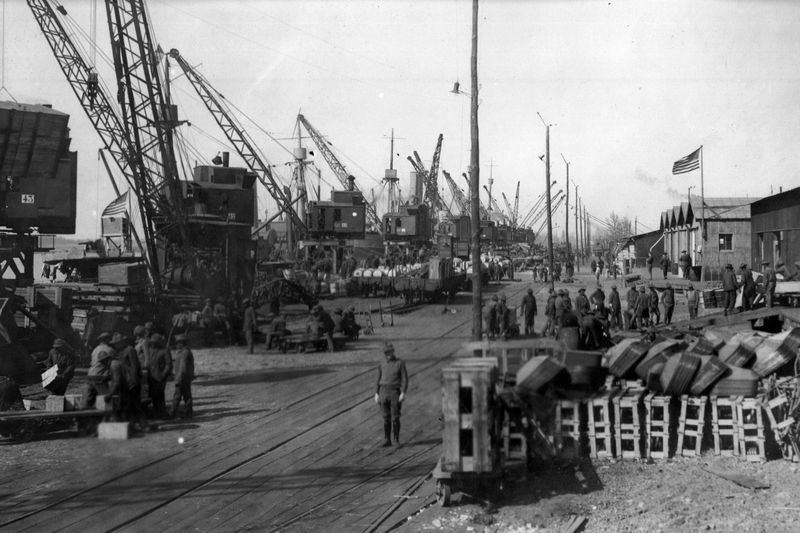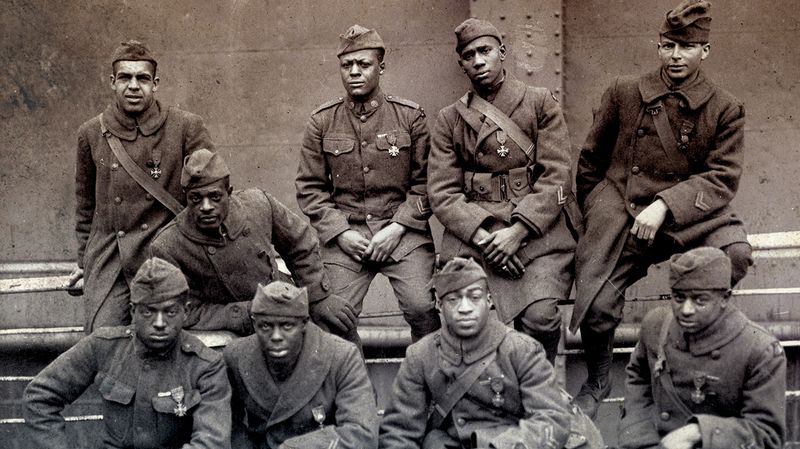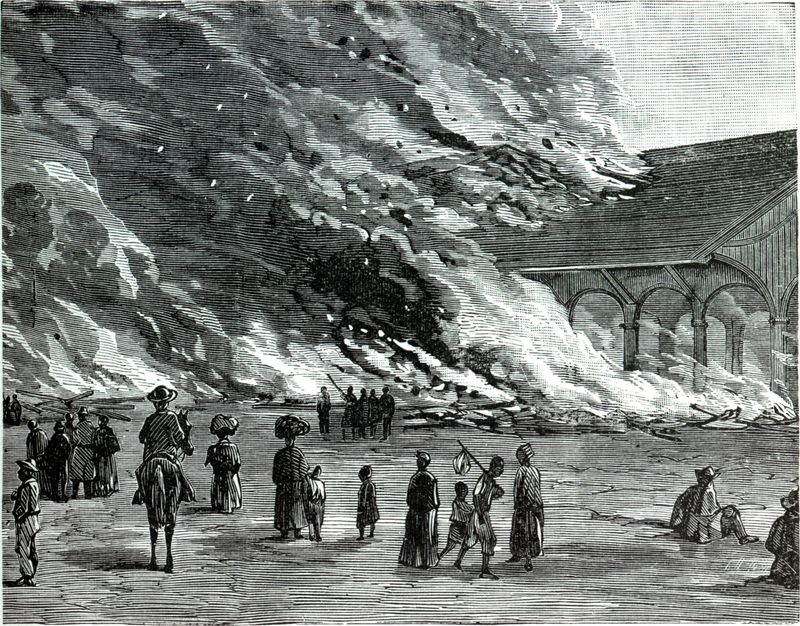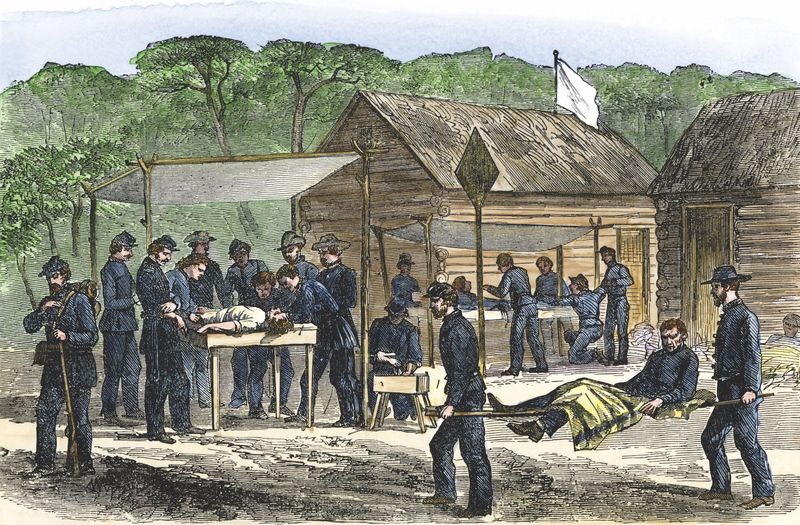The American Civil War was not only a pivotal moment in the nation’s history but also a period of significant military innovation.
The conflict saw the introduction of tactics, technologies, and strategies that would forever change how wars were fought, both in the United States and around the world.
From the use of railroads and telegraphs to the integration of African American troops, these bold moves laid the groundwork for modern military operations.
Explore how each of these 15 groundbreaking innovations reshaped the U.S. military’s approach to warfare and strategy.
1. Total War Tactics
General William Tecumseh Sherman introduced the concept of total war during the Civil War, targeting not just enemy armies but also civilian infrastructure and morale.
This approach aimed to break the South’s will to fight by destroying its resources, leading to quicker war outcomes. Sherman’s March to the Sea is a prime example, where his troops cut a swath of destruction through Georgia.
This strategy emphasized the psychological aspects of warfare, not just physical confrontations. By targeting railroads, factories, and farms, Sherman aimed to cripple the Confederate war effort and hasten its collapse.
2. Railroads as Strategic Assets
During the Civil War, railroads became invaluable strategic assets, revolutionizing military logistics. Both the Union and Confederacy used them extensively to transport troops, supplies, and equipment across vast distances.
This marked the first large-scale military use of railroads, highlighting their importance in war strategy and planning. The ability to quickly move resources allowed armies to maintain prolonged campaigns, giving them a decisive edge.
By controlling key rail hubs, like those in Chattanooga and Atlanta, armies could disrupt enemy supply lines and reinforce their own, proving railroads were as crucial as battle tactics.
3. Telegraph Communication
The telegraph revolutionized communication during the Civil War, allowing near-instantaneous messages between the front lines and leadership. President Lincoln and his generals used this technology to coordinate movements and respond swiftly to battlefield developments.
This real-time communication was revolutionary for command and control, providing a strategic advantage. The Union capitalized on this technology, establishing a more cohesive and responsive command structure.
The telegraph’s impact extended beyond the war, setting a precedent for future military communications and emphasizing the importance of information in warfare, changing military operations forever.
4. Naval Blockades (Anaconda Plan)
The Union’s naval blockade, known as the Anaconda Plan, aimed to suffocate the Confederacy’s economy and war effort by cutting off its trade routes and supplies. This strategy involved positioning Union naval forces along the Southern coast to prevent the export of cotton and the import of war materiel.
The blockade significantly weakened the Southern economy, contributing to resource shortages and diminishing morale. This move underscored the strategic importance of naval power and control of trade routes in wartime.
By effectively isolating the Confederacy, the Union’s blockade played a crucial role in its eventual victory.
5. Ironclad Warships
The introduction of ironclad warships during the Civil War marked a turning point in naval warfare. The battle between the USS Monitor and the CSS Virginia demonstrated the superiority of armored ships over traditional wooden vessels.
These ironclads were nearly impervious to cannon fire, changing naval combat dynamics and prompting global naval innovation. The Monitor’s revolving turret was particularly revolutionary, influencing future warship designs.
The clash of ironclads highlighted the need for more durable and technologically advanced ships, setting a new standard for naval engineering and altering naval strategies worldwide.
6. Aerial Reconnaissance with Balloons
The Union Army Balloon Corps introduced aerial reconnaissance during the Civil War, providing unprecedented views of battlefields and enemy positions. Hot air balloons allowed for the observation of troop movements, offering a strategic advantage.
This early form of aerial intelligence gathering enabled commanders to make more informed decisions and adjust tactics accordingly. The use of balloons marked the beginning of military aviation, paving the way for future aerial reconnaissance innovations.
Though primitive by today’s standards, these balloons demonstrated the potential of aerial technology in warfare, setting the stage for advancements in aerial surveillance.
7. Trench Warfare
The Siege of Petersburg showcased the use of trench warfare, foreshadowing tactics that would become standard in World War I. Soldiers dug extensive networks of trenches, creating defensive positions that were difficult to assault.
This method of warfare highlighted the increased deadliness of modern weaponry, necessitating new tactics and fortifications. The extended siege emphasized the importance of endurance and resource management in warfare.
Trench warfare’s introduction during the Civil War provided a glimpse into future conflicts, where entrenchment and fortification would become key military strategies in prolonged engagements.
8. Guerrilla Warfare and Irregular Tactics
Guerrilla warfare and irregular tactics played significant roles during the Civil War, particularly in border states. Smaller units engaged in raids, sabotage, and hit-and-run tactics against larger conventional forces.
These methods disrupted enemy operations and spread fear, showcasing the effectiveness of unconventional warfare. Such tactics became vital for smaller forces lacking resources or manpower to confront traditional armies.
The use of guerrilla warfare during the Civil War influenced future military strategies, highlighting the need for adaptability on the battlefield and demonstrating that smaller, agile units could challenge more substantial forces effectively.
9. Combined Arms Operations
The Civil War saw the emergence of combined arms operations, where infantry, cavalry, and artillery units worked in tandem for more effective battlefield tactics. This approach maximized the strengths of each unit type, creating synergy on the battlefield.
Coordination between different military branches allowed for more flexible and dynamic strategies, adapting to evolving combat situations. These operations set new standards for military tactics, emphasizing the importance of integration and cooperation among various unit types.
The development of combined arms operations during the Civil War laid the foundation for modern military strategies, enhancing overall combat effectiveness.
10. Draft and Mass Mobilization
The Civil War introduced the concept of draft and mass mobilization, significantly increasing the size of armies on both sides. Conscription laws were enacted to meet the demand for troops, setting a precedent for future conflicts.
This large-scale mobilization of citizen-soldiers underscored the need for national commitment and resource allocation in wartime. The draft ensured a steady supply of manpower, crucial for sustaining prolonged military engagements.
The Civil War’s approach to mobilization influenced how nations prepared for future wars, highlighting the importance of drafts and large-scale troop deployments in achieving military objectives.
11. Strategic Use of Geography
Geography played a critical role in Civil War strategies, with both sides vying for control of rivers, rail hubs, and mountain passes. These geographical features often determined the success or failure of military campaigns.
Control of key locations allowed for the movement of troops and supplies, impacting the outcome of battles and the war itself. The focus on geography demonstrated its strategic importance, shaping military planning and execution.
The Civil War highlighted how terrain and location could be as decisive as the size of armies, influencing future military strategies and campaign planning.
12. Emphasis on Logistics and Supply Lines
Logistics and supply lines became a focal point during the Civil War, emphasizing that keeping troops well-fed and armed was as crucial as battlefield success. Both sides faced challenges in maintaining supply chains, impacting their ability to sustain military operations.
The emphasis on logistics highlighted the complexity of wartime planning and the need for efficient resource management. Successful campaigns relied on robust supply networks, underscoring their strategic importance.
The Civil War’s lessons in logistics influenced future military doctrines, recognizing that sustained operations depended on well-organized and maintained supply lines.
13. African American Troop Integration
The integration of African American troops in the Union Army marked a significant development during the Civil War. The formation of units such as the United States Colored Troops demonstrated a shift towards inclusivity in the military.
Black soldiers played crucial roles in many battles, proving their valor and capability. This integration challenged prevailing societal norms and contributed to the evolving perception of African Americans in military service.
The Civil War’s integration efforts laid the groundwork for future inclusivity in the armed forces, highlighting the importance of diversity and equal opportunity in military service.
14. Psychological Warfare
Psychological warfare emerged as a tactic during the Civil War, with Sherman’s March to the Sea serving as a prominent example. By employing scorched-earth tactics, Sherman aimed to demoralize the Southern populace and military.
Destroying infrastructure and resources, his campaign sought to break the will of the Confederacy to continue fighting. This psychological approach emphasized the impact of morale and fear in warfare.
The use of psychological tactics highlighted a shift in how wars were waged, recognizing that victory could be achieved by breaking the enemy’s spirit as well as defeating them physically.
15. Modern Battlefield Medicine and Evacuation
The Civil War prompted significant advancements in battlefield medicine and evacuation techniques. The development of organized ambulance systems and field hospitals improved survival rates for wounded soldiers.
These innovations laid the groundwork for modern military medical practices, emphasizing the importance of timely and efficient medical care. The introduction of triage and surgical procedures adapted to battlefield conditions marked a turning point in military medicine.
The Civil War’s medical advancements underscored the necessity of caring for soldiers’ well-being, influencing future military medical doctrines and improving overall survival rates in conflicts.
